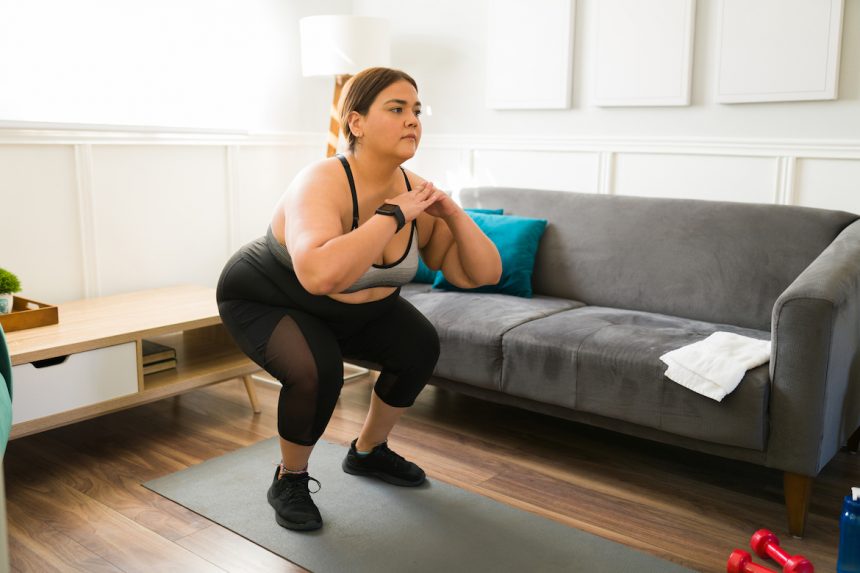Enhance your gym routine with the timeless and effective squat exercise. Squats are not just for leg day, they are essential for functional movements such as sitting, standing, and lifting objects. Katherine Kalaj, PT, DPT, a physical therapist at Bespoke Treatments in NYC, stresses the importance of maintaining strength through squats to make daily activities easier as we age.
Before incorporating additional weight, mastering the correct form for a bodyweight squat is essential. Begin by standing with your feet shoulder-width apart, toes slightly turned outwards. Keep your back straight and lower your body by pushing your hips back while bending your knees, keeping the weight on your heels and the balls of your feet. Return to the starting position by pushing through the heels.
Contrary to popular belief, squats engage more than just the legs and glutes. According to the National Academy of Sports Medicine, muscles worked during squats also include the core, inner thigh, and abdominal muscles.
The benefits of adding squats to your routine are undeniable. Improved core strength, stronger lower body, reduced risk of injury, and versatility for recreational activities are among the perks associated with squats.
Once you have mastered the standard squat, consider incorporating variations such as box squats, rear-foot elevated split squats, sumo squats, goblet squats, and barbell back squats. These variations target different muscle groups and offer diverse challenges to enhance your workout routine.






